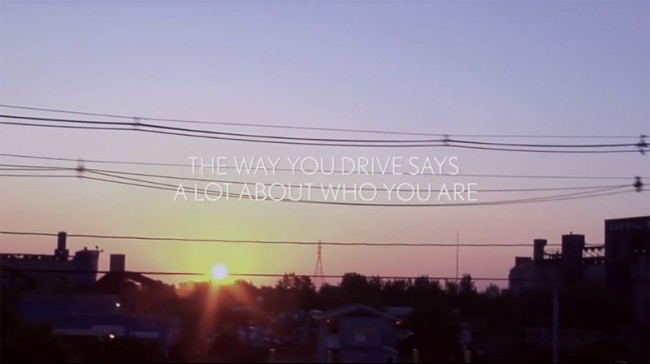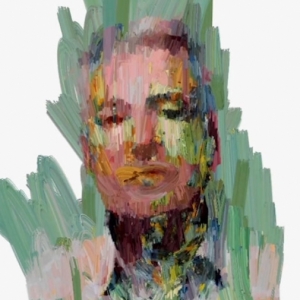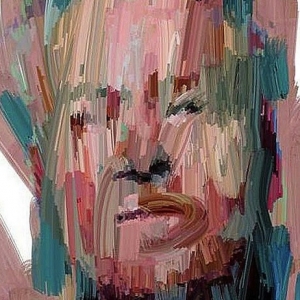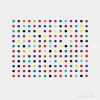Lexus has unveiled an exclusive car that paints the driver’s portrait based on their driving style. As part of the Art is Motion project, Lexus has teamed up with multimedia artist Sergio Albiac in a unique experiment that involves a Lexus IS 300h, driver and artist. This digital experiment was welcomed by contemporary art collector Walter Vanhaerents.
His portraits are influenced by the way the car is driven, starting with a photographic portrait and then using the driver’s motion, as well as real-time data regarding speed, rpm and electric and petrol usage to generate a personalised work. This information is translated by the onboard art software to create a constantly evolving portrait of the driver, affecting the colour, detail and style of the final picture.
When Vanhaerents drives slowly, the software paints a detailed portrait, and as he accelerates the strokes become bolder, generating an abstract figure. Blue and cool tones reflect the use of the electric engine, while virulent shades of yellow and green reflect the use of the petrol engine.
This is an innovative progression in ‘generative art’, showcasing the fusion of Albiac’s own conventional brushwork with new technological means. While it is Albiac’s vision that is expressed, it is the Lexus that ultimately takes on the role of the creator: Albiac surrenders artistic control since decisions are made by the computer software. Describing the project as “the creation of a personal work of art” entitled The Generative Identity of Walter Vanhaerents, Albiac is pleased with the overall outcome. “This type of diversity gives a lot of possibilities to the kind of expression I want to make.”
Albiac explains that each drive symbolises a potential experience or path life could take. The nature of human experience is shaped by choices and chance, will and randomness, and so is captured by as the driver’s identity as they engage with the work.
Expounding on this idea, Vanharents explains that the car’s mastery of audio-visual technology allows the driver to “live the process,” where traditional modes of art production and appreciation deny the viewer of this luxury by only presenting them with the end result.









